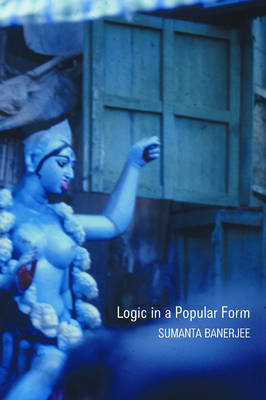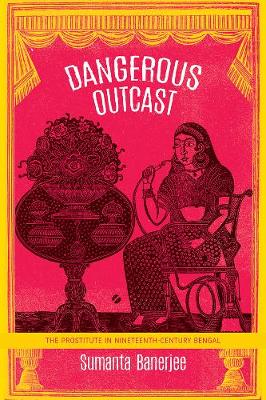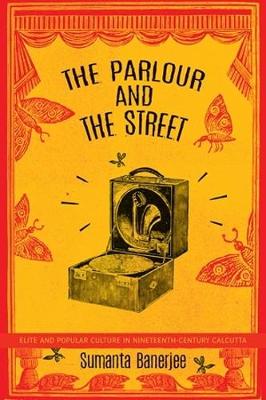India List
3 total works
Taking its title from Karl Marx's description of religion as the world's 'logic in a popular form', this book explores the hidden logic behind popular religions in nineteenth-century Bengal. Sumanta Banerjee examines cross-religious cults and the construction of Bengali myths and beliefs about godlings and spirits, approaching them as popular inventions that attempt to make sense of human existence in the face of an overwhelming and often hostile environment. These religious manifestations of popular logic - ranging from Kali to Radha-Krishna to Satyapir to Tantric practice - are fluid and constantly innovating. Banerjee argues that they represent an alternative stream running parallel to, and often challenging, the more strictly structured beliefs and practices of the Indian religious establishments, whether Hindu, Islamic, or Christian. "Logic in a Popular Form" brings to light many significant aspects of the multifaceted phenomenon of popular religion in Bengal, while tracing the impact of urbanization, colonialism, and nationalism. Banerjee reexamines the relevance of the beliefs and rituals that continue to survive in Bengali society today.
Dangerous Outcast traces prostitution in Bengal from precolonial times through the arrival of the British, examining how the profession was reordered to suit British desires. Drawing on nineteenth-century popular and folk culture, Sumanta Banerjee also makes impressive use of both standard archival records and a surprisingly substantial body of writing by prostitutes themselves, including voices often cast out of the historical record.
In this book, Sumanta Banerjee analyzes the development of the folk culture of Calcutta's urban poor following the establishment of the British colonial system in Bengal. Consisting primarily of traditional artisans who migrated from neighboring villages, Calcutta's working-class forged a new urban folk culture from their rural inheritance. Through rich examples of folk performances, Banerjee shows a clash between the culture of the new urban poor and the elite of Calcutta, caught between their aspiration to British social norms and their roots in Bengali society.


